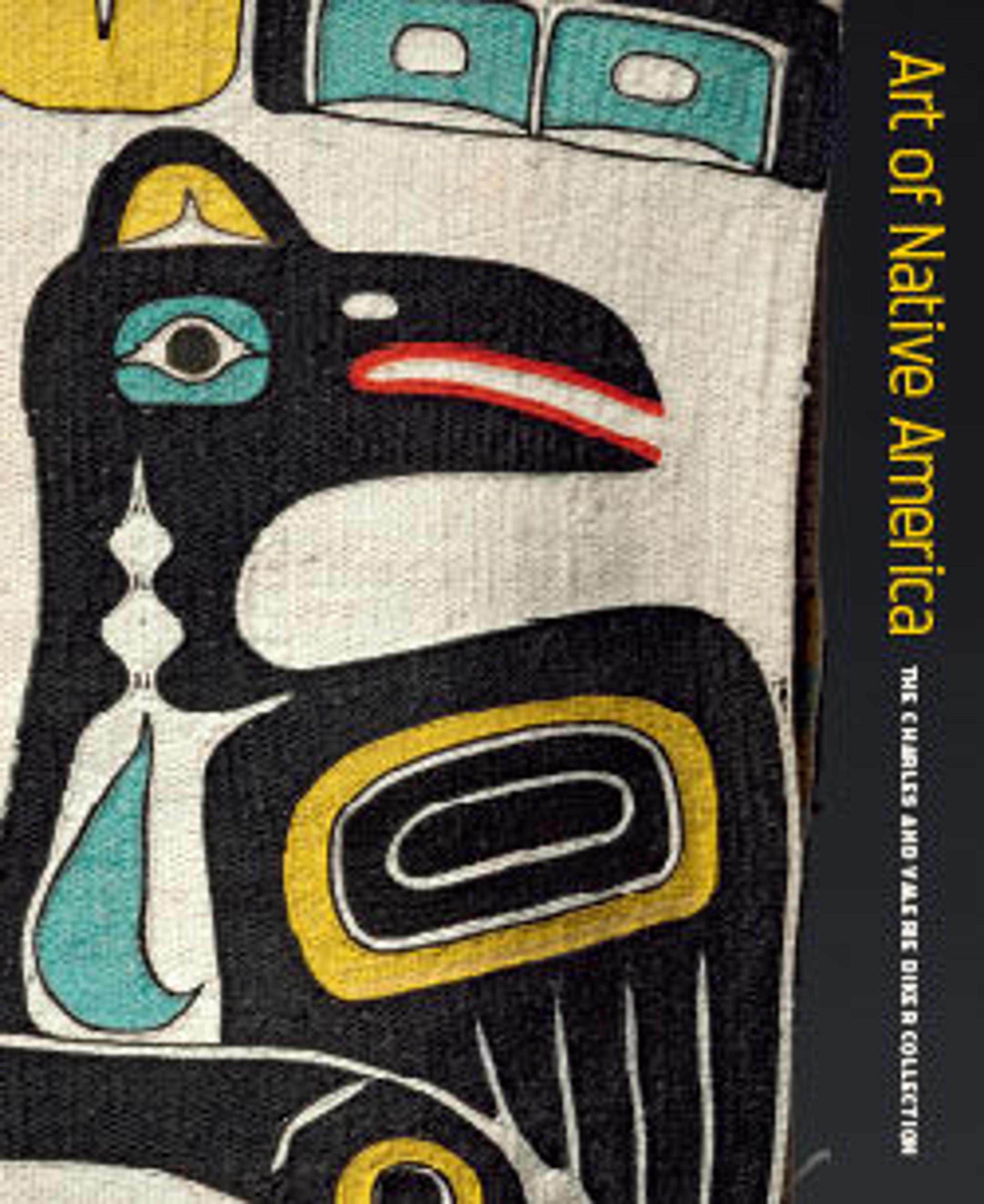White Ogre Tihu (Katsina Figure)
A katsina is a spirit being who serves as a cultural guide in Hopi and Zuni communities. Young girls often receive a tihu, or katsina doll, as a cherished gift. This tihu takes the form of the ogre Nata’aska, who visits Hopi villages to discourage bad behavior and to remind children of their responsibilities to their community. This figure carries a bone-cutting saw and is dressed in traditional regalia, including a wraparound kilt, a concha belt, and a brocaded hip sash. In the 1920s, Hopi and Zuni carvers began to carve katsina dolls to sell to tourists, as demand for Native American souvenirs grew steadily at the turn of the century. The movable arms and added, rather than painted, garments suggest this figure was likely made for such a market.
Artwork Details
- Title: White Ogre Tihu (Katsina Figure)
- Date: ca. 1900
- Geography: Made in Arizona, United States
- Culture: Hopi, Native American
- Medium: Cottonwood, pigment, cotton cloth, tanned leather, and metal
- Dimensions: H. 18 1/2 × W. 6 × D. 7 in. (47 × 15.2 × 17.8 cm)
- Credit Line: The Charles and Valerie Diker Collection of Native American Art, Gift of Charles and Valerie Diker, 2021
- Object Number: 2021.434.12
- Curatorial Department: The American Wing
More Artwork
Research Resources
The Met provides unparalleled resources for research and welcomes an international community of students and scholars. The Met's Open Access API is where creators and researchers can connect to the The Met collection. Open Access data and public domain images are available for unrestricted commercial and noncommercial use without permission or fee.
To request images under copyright and other restrictions, please use this Image Request form.
Feedback
We continue to research and examine historical and cultural context for objects in The Met collection. If you have comments or questions about this object record, please complete and submit this form. The Museum looks forward to receiving your comments.
